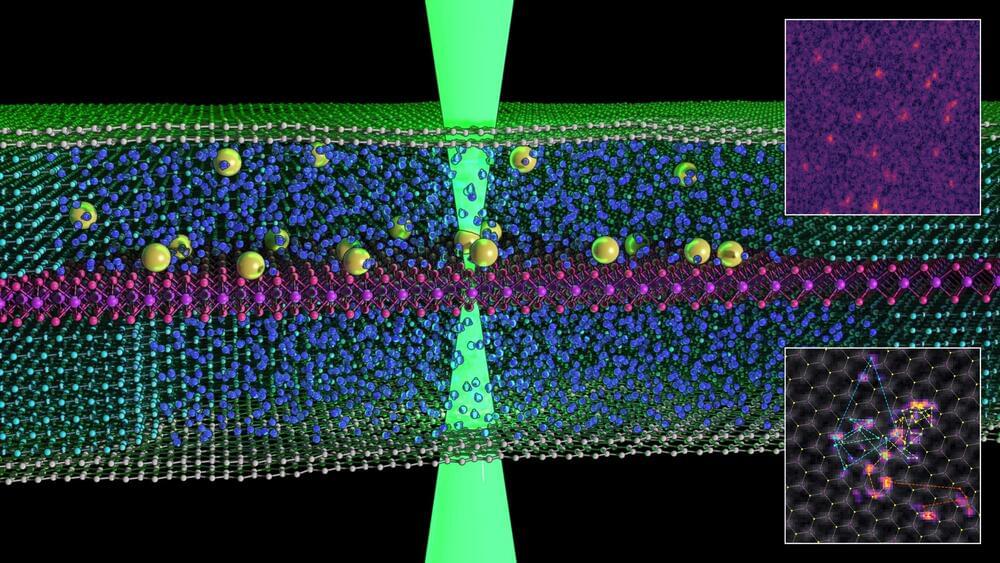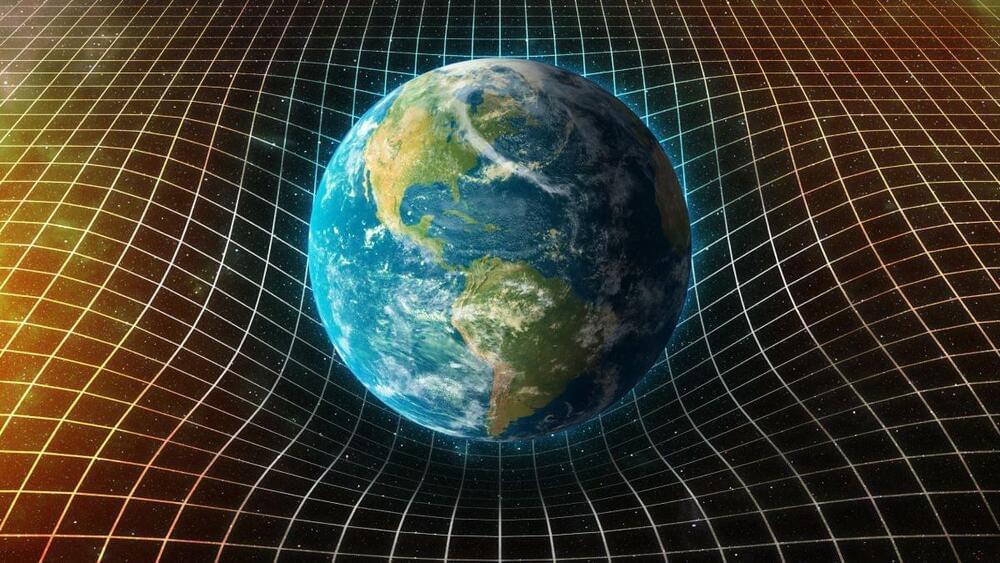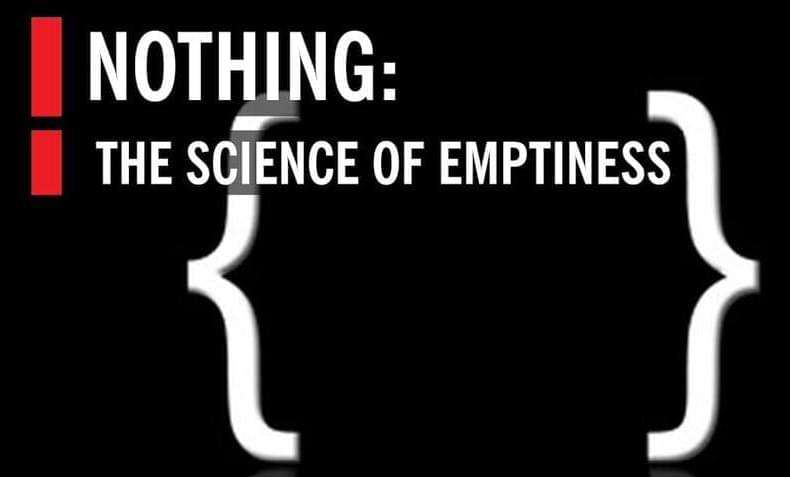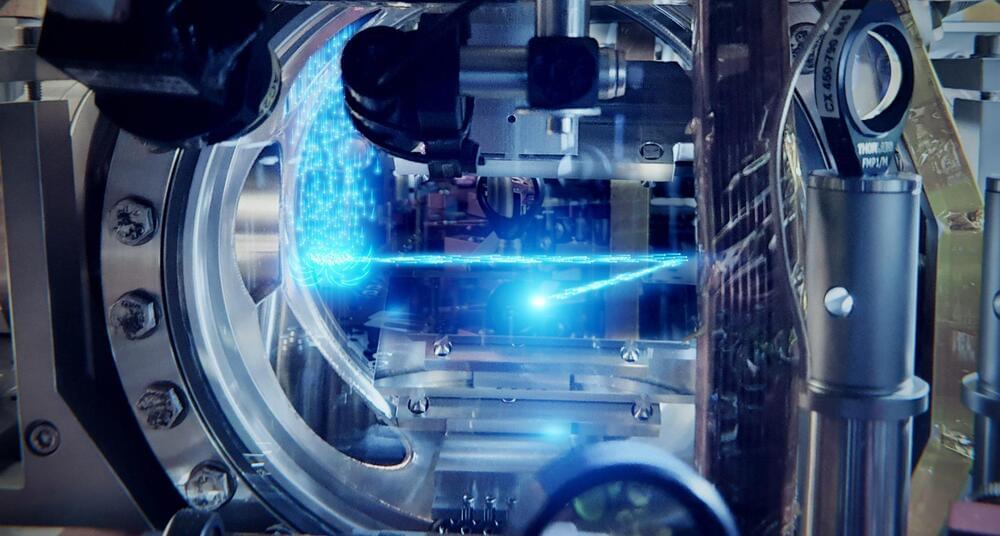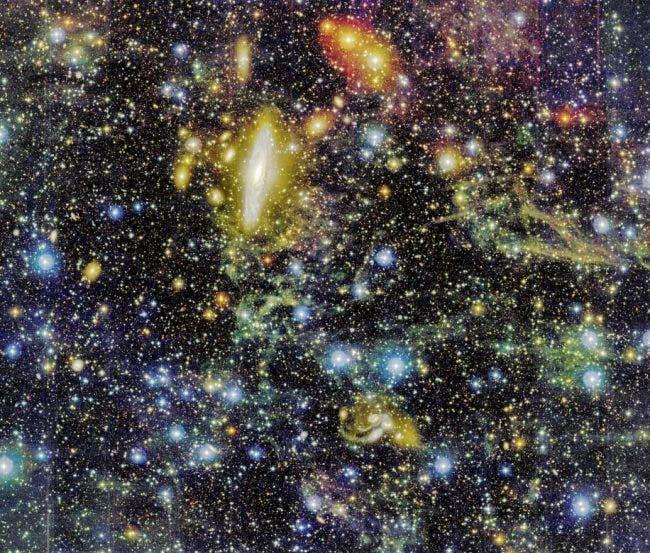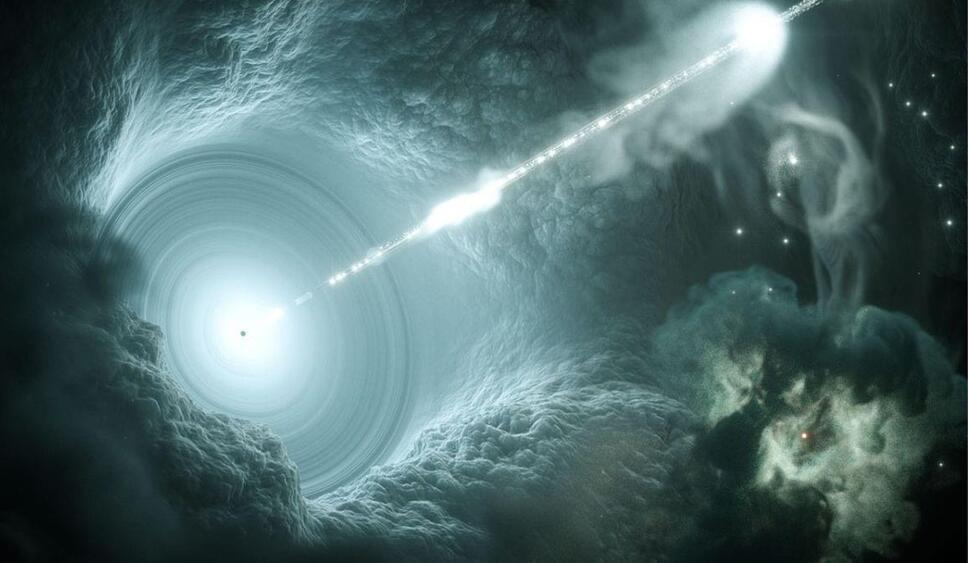Jul 30, 2022
Graphene scientists capture first images of atoms ‘swimming’ in liquid
Posted by Dan Breeden in categories: nanotechnology, particle physics
Graphene scientists from The University of Manchester have created a novel “nano-petri dish” using two-dimensional (2D) materials to create a new method of observing how atoms move in liquid.
Publishing in the journal Nature, the team led by researchers based at the National Graphene Institute (NGI) used stacks of 2D materials like graphene to trap liquid in order to further understand how the presence of liquid changes the behavior of the solid.
The team were able to capture images of single atoms “swimming” in liquid for the first time. The findings could have widespread impact on the future development of green technologies such as hydrogen production.
